The healthiest pantry staples for seniors who live alone
Living alone can make mealtime feel like a chore, especially for older adults managing dietary needs on a tighter schedule or budget. When you’re on your own, a well-stocked pantry can take care of your nutrition. Stocking up on shelf-stable, nutrient-dense foods means fewer last-minute grocery trips, less prep work, and meals that still support energy, digestion, and overall health.
Let’s see how you can save the day even on the busiest or most tiring days.
Oats and Brown Rice for Lasting Energy

Credit: pixabay
Oats and brown rice are two pantry basics that provide fiber, slow-digesting carbohydrates, and nutrients like magnesium and B vitamins. They offer a steady source of energy and fiber without much fuss.
Beans and Lentils That Go the Distance
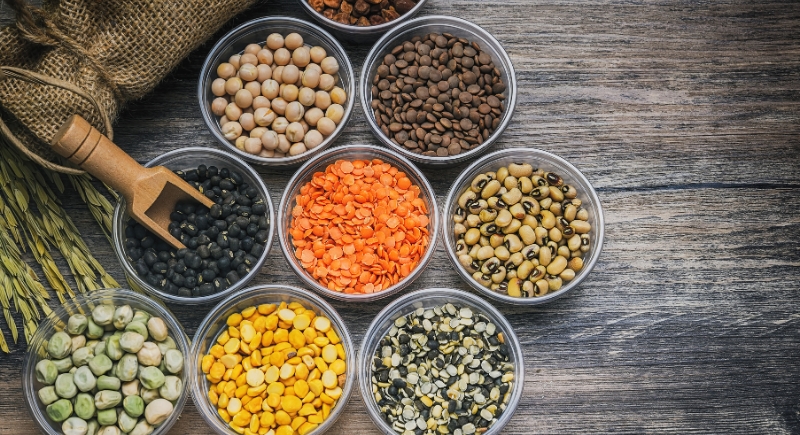
Credit: Canva
Legumes deserve more credit than they get. Canned or dried, they’re protein-packed, rich in iron, and ready to anchor a meal. Lentils simmer into soups fast. Chickpeas can be tossed in a salad or mashed for a sandwich spread. They’re ideal when appetite is iffy, but nutrition still matters.
Canned Fish That Packs Protein and Omega-3s
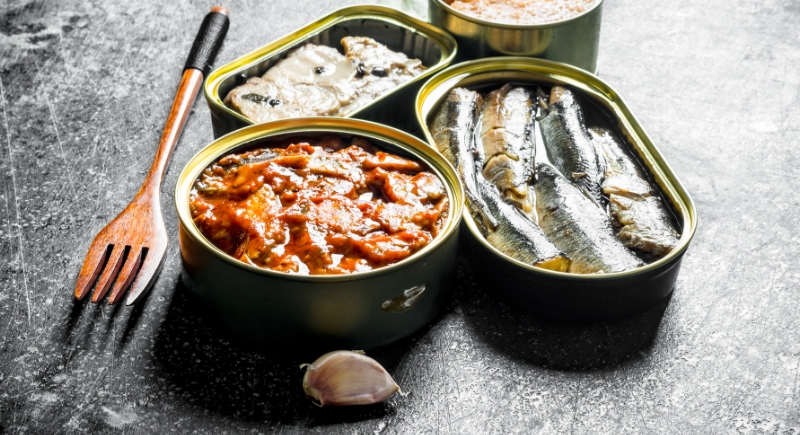
Credit: Getty Images
Tuna, sardines, and salmon might not win dinner-party points, but they punch above their weight when it comes to protein and omega-3s. They store forever and can be turned into something decent. Meal ideas like tuna salad, salmon cakes, or sardines with crackers are faster than microwaving leftovers.
Nuts and Seeds That Offer Healthy Fats

Credit: pexels
When dinner feels optional but your body disagrees, a spoonful of peanut butter or a sprinkle of pumpkin seeds can bridge the gap. Seniors with dental issues may prefer chopped or ground versions, or nut butters stirred into porridge or yogurt for a softer texture.
Olive Oil for Flavor and Flexibility

Credit: Getty Images
Olive oil is an easy way to add healthy fat to meals. It’s good for heart health and works well in both cooking and dressings. A drizzle over steamed vegetables or grain dishes can make them more satisfying without extra effort or preparation.
Dried Fruits for Natural Sweetness
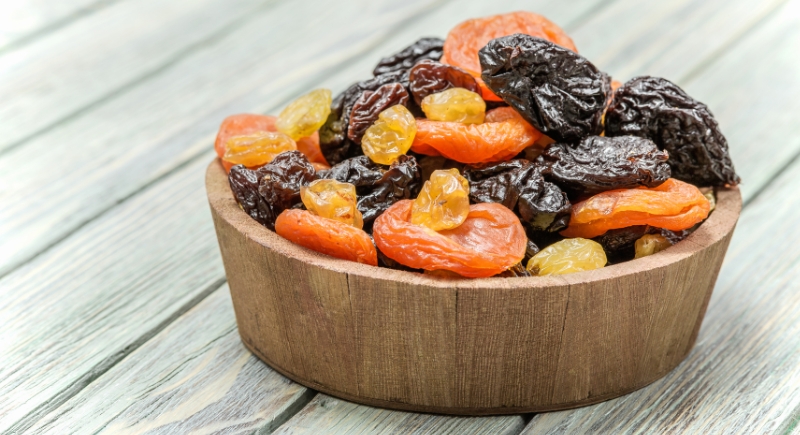
Credit: Getty Images
A handful of raisins or chopped dates goes a long way in oatmeal, salads, or even with cheese. They satisfy sweet cravings while bringing fiber, potassium, and iron into the picture. Just make sure to watch your portions. These tiny fruits are calorie-dense and easy to overdo if you’re not paying attention.
Shelf-Stable Milk Alternatives
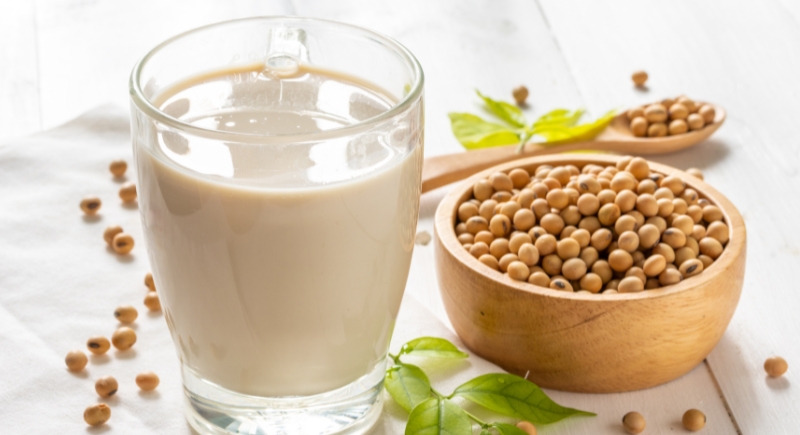
Credit: Getty Images
Soy, oat, or rice milk can stay in your pantry for months and step in when dairy isn’t working. Many are fortified with calcium and vitamin D. They’re solid stand-ins for cereal, smoothies, or even baking. You can finally stop tossing milk that spoils too fast.
Whole-Wheat Flour for Simple Cooking

Credit: Canva
Keeping a bag of whole-wheat flour supports basic baking and cooking needs. It adds fiber to pancakes, muffins, or breading mixtures. For those with mobility or energy challenges, pre-mixed baking blends or no-knead bread recipes can reduce prep and clean-up time.
Honey for Small Touches of Sweetness

Credit: Canva
This pantry classic lasts nearly forever and comes in handy when food tastes a little flat or dry. Stir it into tea, drizzle over fruit, or add a touch to sauces. It’s a better option than refined sugar and might help bring back interest when taste buds feel muted.
Pre-Cut Frozen Vegetables That Simplify Cooking
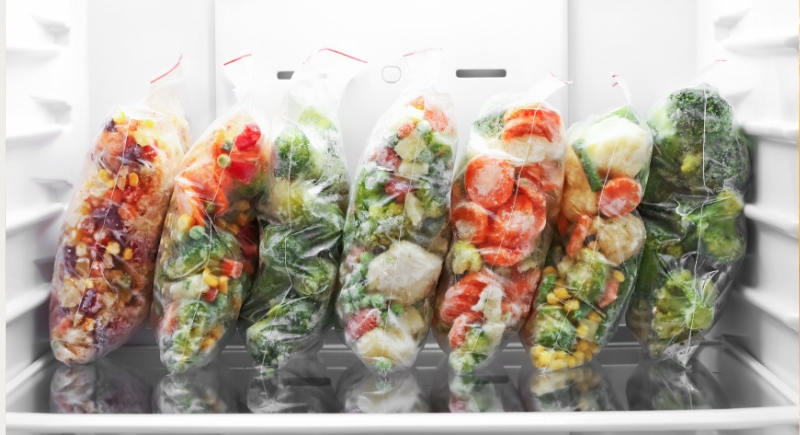
Credit: pixelshot
Chopping vegetables can be a huge barrier for seniors with arthritis or limited hand strength. Pre-cut frozen vegetables save time and reduce waste. They’re flash-frozen at peak ripeness and retain most of their nutrients.
Low-Sodium Soup Mixes for Easy Meals
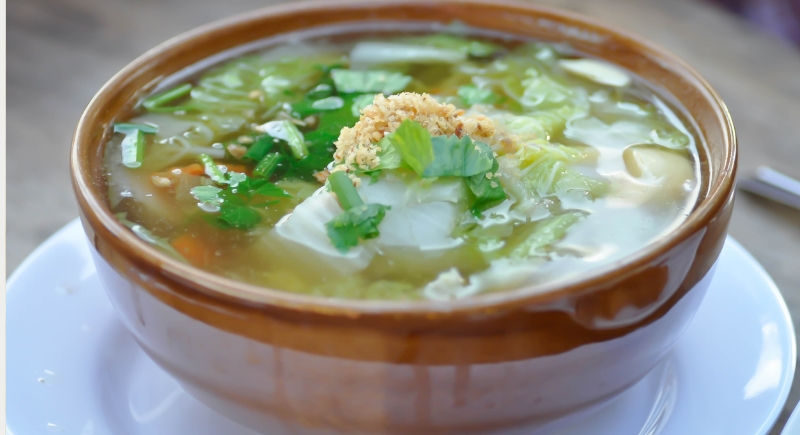
Credit: Getty Images
Pre-made soup bases or low-sodium canned soups are a quick fix for days when cooking feels overwhelming. When paired with beans, grains, or frozen vegetables, they can turn into a balanced meal with minimal prep. Check labels for sodium content and opt for reduced-salt varieties.
Pre-Cooked Grains for Quick Assembly
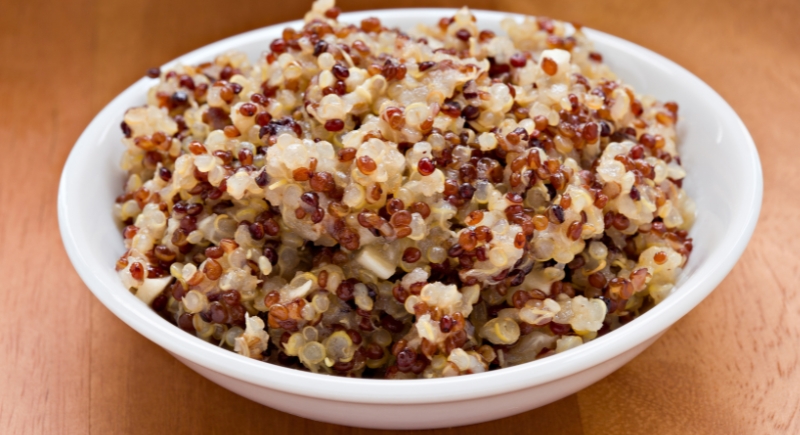
Credit: Getty Images
Microwaveable brown rice, quinoa, or farro helps cut down cooking time and simplify meal assembly. For seniors with low energy, these offer a way to build nutritious meals without standing at the stove. They can be mixed with beans, canned fish, or vegetables to round out a plate.
Root Vegetables That Last Longer

Credit: Getty Images
Potatoes, carrots, and beets are the pantry’s slowpokes. They hold up well in the pantry or fridge for weeks without going mushy. They’re filling, affordable, and easy to prep in soft, chew-friendly ways. Boil them into mash, roast them for dinner, or grate them into patties when the fridge looks bleak.
Small Packages to Cut Waste

Credit: Getty Images
Buying giant tubs of food might sound efficient, but it often leads to waste. Single-serve yogurts, mini packs of nuts, or half-loaves of bread make more sense when cooking for one. There’s less spoilage, fewer leftovers, and fewer dishes at the end of the day.
Leftovers That Keep Meals Interesting

Credit: Canva
Leftovers don’t need to be sad reruns. Yesterday’s grains can become today’s grain bowl. Roasted vegetables make a quick omelet filling. Extra beans can land in a wrap. A little bit of strategy turns yesterday’s effort into a completely different meal.